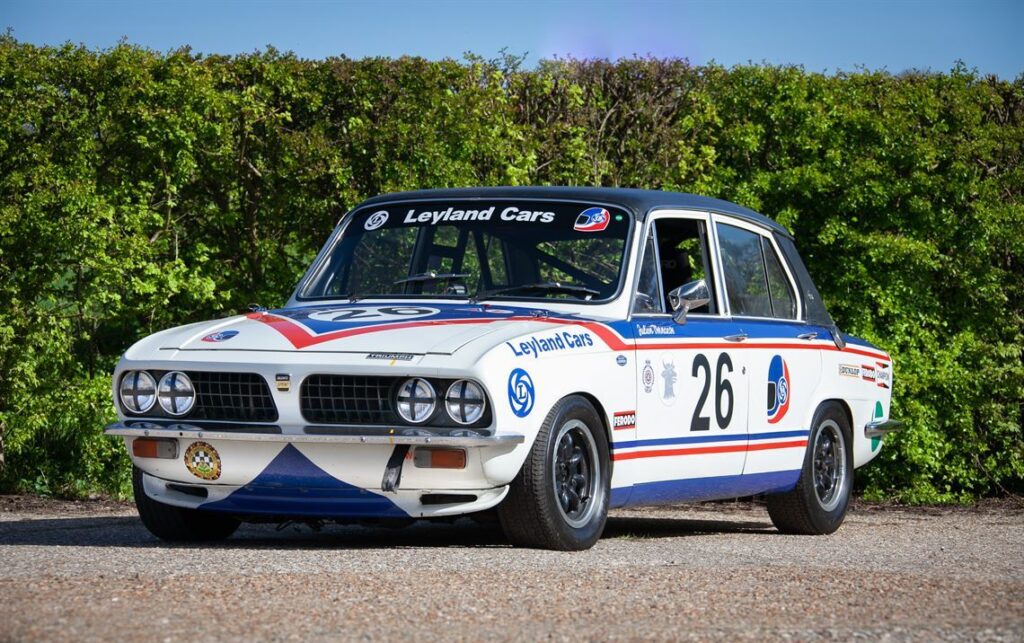Triumph

Triumph
Founded
1885
Founders
Siegfried Bettmann, Moritz Schulte
Country
United Kingdom
Headquarters
Coventry, England, United Kingdom

Triumph
Founded
1885
Founders
Siegfried Bettmann, Moritz Schulte
Country
United Kingdom
Headquarters
Coventry, England, United Kingdom
About this brand
Discover the history
Triumph Cars, a distinguished name in British automotive history, began its journey in 1885 as a bicycle manufacturing company founded by Siegfried Bettmann in Coventry, England. Originally named Bettmann & Co., the company was renamed Triumph Cycle Company in 1887. The transition from bicycles to automobiles occurred in the early 20th century when the company, now known as Triumph Motor Company, produced its first car, the Triumph 10/20, in 1923.
The 1930s marked significant developments for Triumph as it introduced models that established the brand’s reputation for stylish and sporty vehicles. The Triumph Super 7, launched in 1927, became popular for its affordability and reliability. In 1933, Triumph released the Gloria series, which featured advanced engineering and elegant design, setting the tone for the brand’s future direction. The Dolomite, introduced in the late 1930s, showcased Triumph’s commitment to luxury and performance, becoming one of the most iconic pre-war British cars.
World War II halted car production as the company shifted focus to military manufacturing. Post-war, Triumph faced financial difficulties, leading to the acquisition by Standard Motor Company in 1944. This merger revitalized the brand, paving the way for a new era of innovation and success. The first significant post-war model, the Triumph Roadster, launched in 1946, reflected the brand’s focus on combining performance with style.
The 1950s and 1960s were golden years for Triumph, marked by the introduction of several iconic models that left an indelible mark on automotive history. The TR series, starting with the TR2 in 1953, became synonymous with British sports cars. The TR3, TR4, TR5, and TR6 models followed, each enhancing Triumph’s reputation for producing high-performance, driver-focused vehicles. The TR4, designed by Italian stylist Giovanni Michelotti, featured modern styling and advanced engineering, making it a significant success.




Triumph’s motorsport history is equally illustrious, with the brand participating in various racing events and achieving notable successes. In the 1950s, the TR2 and TR3 models competed in endurance races, including the 24 Hours of Le Mans and the Mille Miglia, showcasing their durability and performance. The TR4 and TR5 continued this tradition, competing in rallies and road races, and earning accolades for their robust engineering and competitive spirit.
The introduction of the Spitfire in 1962, another Michelotti design, further cemented Triumph’s position in the sports car market. The Spitfire, with its sleek design and spirited performance, became a favorite among enthusiasts and racers alike. The GT6, a coupe version of the Spitfire with a six-cylinder engine, offered increased performance and a distinctive fastback design.
Despite its successes, Triumph faced increasing competition and financial challenges in the 1970s. The company merged with Leyland Motors in 1960, forming British Leyland in 1968. This period saw the introduction of models like the Stag, a luxury sports tourer, and the TR7, with its wedge-shaped design. However, quality control issues and economic pressures impacted Triumph’s market position.
The final Triumph model, the Acclaim, was introduced in 1981, produced in collaboration with Honda. Despite its popularity, it marked the end of an era for Triumph as a car manufacturer. Production ceased in 1984, and the Triumph name became part of automotive history.
Triumph’s legacy endures through its classic models, which remain cherished by enthusiasts and collectors worldwide. The brand’s contributions to motorsport and its impact on British automotive design and engineering continue to be celebrated. Triumph’s story is a testament to innovation, performance, and the enduring appeal of British sports cars.




